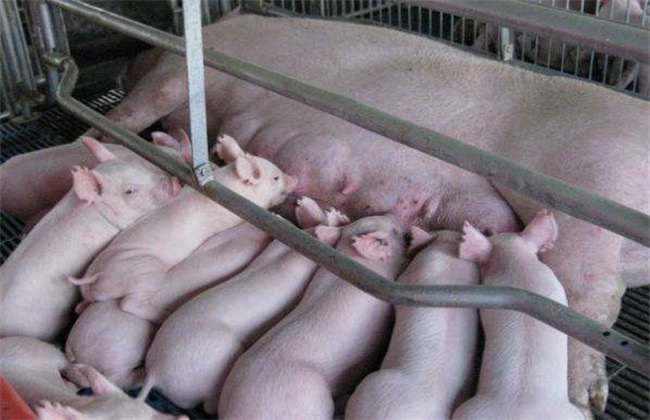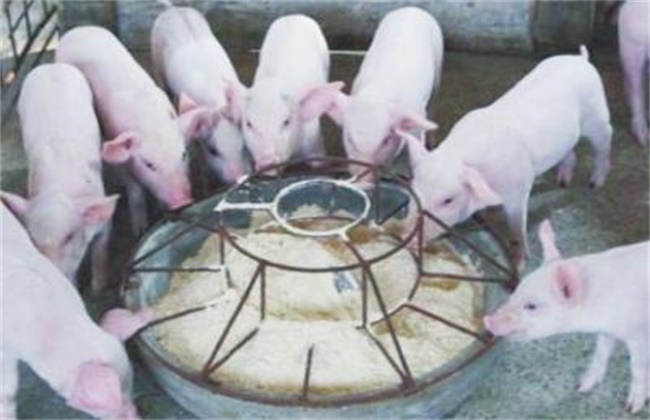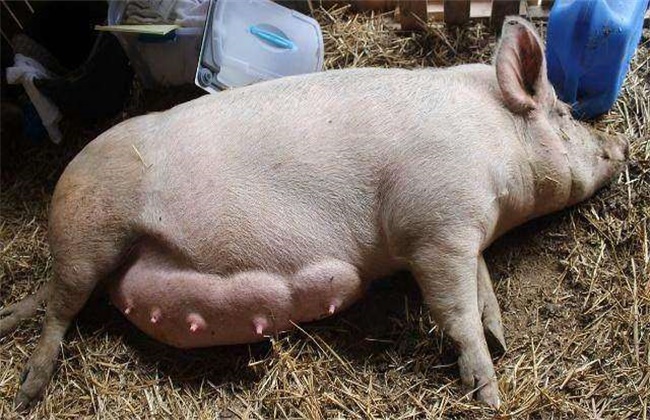Four misunderstandings of introduction in Pig Farm
For pig farmers, the annual replacement of pig breeds is very important. At least 30% breeding pig renewal rate should be ensured every year, which is very critical to the breeding benefit of pig farmers and the sustainable development of pig farms. However, many pig farmers in the introduction of time, there are many errors, these errors will usually cause introduction failure, affect the economy and so on. So what are the mistakes in pig breeding? Let's take a look below!

1. Health
The health of breeding pigs is the first consideration we need to take into account when introducing them. Many pig farmers generally do not pay attention to health problems when introducing pigs, but only consider factors such as size and price. Therefore, after pig farmers introduce pig breeds, pig breeds are poor in physique, susceptible to disease, high in mortality, and easy to affect other healthy pigs in the pig farm. Therefore, when we introduce breeding, we should pay attention to whether the health and epidemic prevention system of the breeding farm is normal, whether the area is an epidemic area, etc. If we are not assured, it is best to conduct blood tests.
2. Body size
Some pig farmers pay too much attention to pig size when introducing pigs. For example, as long as the buttocks are large enough, there is no consideration of production performance, litter capacity and lean meat percentage and other factors will be blindly carried out. In fact, our common double muscle hip is only a morphological feature of some pig species, such as Pittland, Landrace and so on will have this line. And the milk production of double-muscle pigs is less than that of single-muscle pigs, which directly affects the litter weight of piglets after weaning. Moreover, pigs with large buttocks are prone to dystocia. Therefore, when we introduce them, we should comprehensively consider lean meat rate, quality, limbs and hooves, growth speed and feed utilization rate to ensure the quality of breeding pigs.
3. Weight
In the introduction, it is not the heavier the breeding pig, the better. If the weight is too large, it may affect the production performance of breeding pigs and the litter rate will decrease. After the weight exceeds 120 jin, the feed should be changed to gilt feed. Because sows at this time need a lot of nutrition. Fertility fertilizer contains a large number of growth promoters, which will cause great damage to the reproductive system, oestrus rate and mating conception rate of reserve pigs. In addition, breeding farms generally do not change feed, so the bigger the weight, the worse the quality, we must pay more attention.
4. Introduction from home pig farm
Many pig farmers prefer to introduce pigs from home farms, feeling that local pig breeds are rich in provenance and can improve the production performance of their own pig herds. But in fact, doing so, there is a great risk. The environment and structure of bacteria in different breeding farms are different. In addition, most diseases now exist as recessive infections, so if pigs from different pig farms are mixed together, it is very likely that various diseases will break out, seriously affecting the breeding efficiency. Therefore, it is best to introduce them from the same breeding farm.
The above is a brief introduction of the four major mistakes in pig farms. Today's introduction is here, this article is for reference only, I hope to help everyone oh!
Related
- On the eggshell is a badge full of pride. British Poultry Egg Market and Consumer observation
- British study: 72% of Britons are willing to buy native eggs raised by insects
- Guidelines for friendly egg production revised the increase of space in chicken sheds can not be forced to change feathers and lay eggs.
- Risk of delay in customs clearance Australia suspends lobster exports to China
- Pig semen-the Vector of virus Transmission (4)
- Pig semen-the Vector of virus Transmission (3)
- Five common causes of difficult control of classical swine fever in clinic and their countermeasures
- Foot-and-mouth disease is the most effective way to prevent it!
- PED is the number one killer of piglets and has to be guarded against in autumn and winter.
- What is "yellow fat pig"? Have you ever heard the pig collector talk about "yellow fat pig"?



